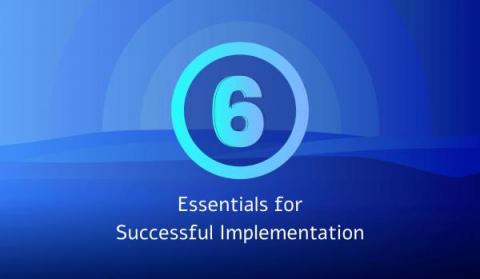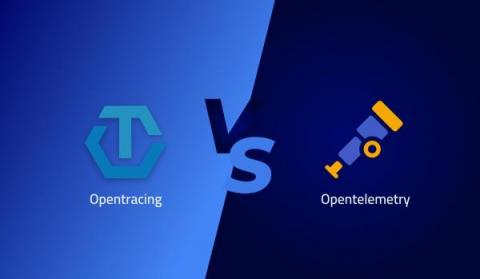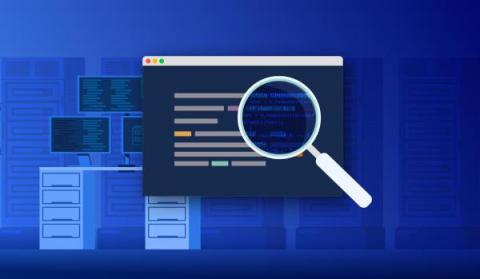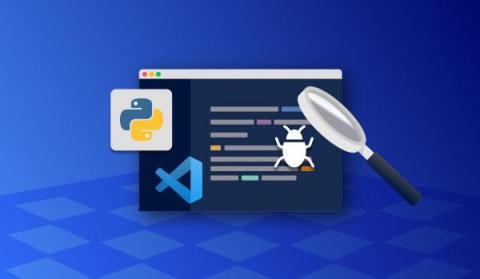Shift Left Testing: 6 Essentials for Successful Implementation
Testing can evoke polarized reactions from developers. Some love it. Some prefer never to hear of such a suggestion. But acts of testing is necessary – especially shift left testing. Testing is often resisted by teams that are pressured by shorter release cycles tend to forgo testing altogether in order to meet deadlines. This results in lowered quality software, which can lead to security vulnerabilities and user experience due to defects.











